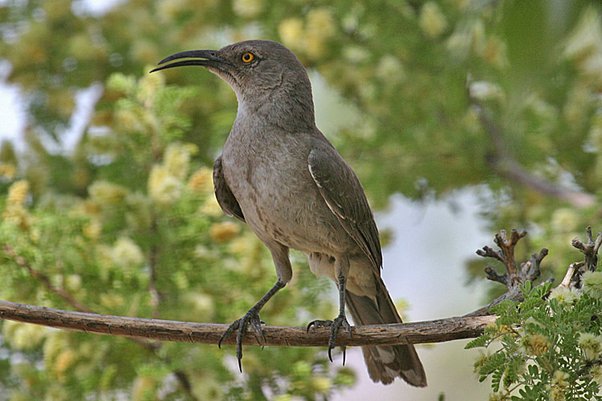
Huitlacoche Animal, known as the Mexican truffle or corn smut, is not an animal but a unique fungus that grows on corn. Often regarded as a culinary delicacy, this fungus infests corn ears and transforms the kernels into bulbous, dark, mushroom-like growths. While it might not sound appealing at first, this ‘corn mushroom’ adds a distinctive earthy flavor, likened to mushrooms with a hint of sweetness, making it a sought-after ingredient in Mexican cuisine.
Understanding Huitlacoche Animal
Despite being labeled as an “animal,” Huitlacoche is a fungus that affects corn, leading to the formation of these unique, dark, swollen growths on the kernels. This fungal infestation alters the taste and texture of the corn, turning it into a culinary treasure. While its appearance might seem unappetizing, the taste and aroma of Huitlacoche add a depth of flavor to dishes, making it an intriguing and desirable ingredient.
Culinary Applications of Huitlacoche Animal
Huitlacoche has been a staple in Mexican cuisine for centuries, revered for its unique taste. It’s often used in various dishes, such as quesadillas, soups, and tamales, where it adds an earthy, umami-rich flavor. Chefs and food enthusiasts appreciate its versatility in adding depth and complexity to culinary creations, making it a prized and integral part of traditional Mexican gastronomy.
The Controversy and Culinary Appreciation
While Huitlacoche Animal might not win a beauty contest, its culinary value is undeniable. Once considered a pest, it has evolved to become a gourmet ingredient, celebrated for its culinary worth. Despite its fungal nature and initial unattractive appearance, it has earned a place in the hearts of chefs and food connoisseurs due to its unique flavor profile and adaptability in various dishes.
Cultural Significance and Gastronomic Appeal
The cultural significance of Huitlacoche Animal transcends its culinary application. It holds a special place in Mexican heritage and traditions, reflecting a deep-rooted connection to the land and the food it produces. The acceptance and appreciation of this unique fungus in Mexican cuisine showcase a cultural bond between people, food, and the land, emphasizing the richness and diversity of the culinary heritage.
Huitlacoche Animal in Modern Gastronomy
In recent years, Huitlacoche has gained international attention and recognition in the culinary world. Renowned chefs and food enthusiasts appreciate its distinctive flavor, incorporating it into contemporary gastronomic creations. Its rise to prominence in global cuisines highlights its adaptability and the growing appreciation for unique and flavorful ingredients, further solidifying its place in the world of fine dining.
Conclusion: Embracing the Unique Flavor of Huitlacoche
Huitlacoche Animal may not fit the conventional description of a culinary ingredient, but its unique flavor and cultural significance make it a prized element in the world of gastronomy. Its earthy, mushroom-like taste and rich cultural history add an element of intrigue and depth to dishes, earning it a place as a unique culinary delight with a distinct flavor that continues to captivate food lovers and chefs around the world.